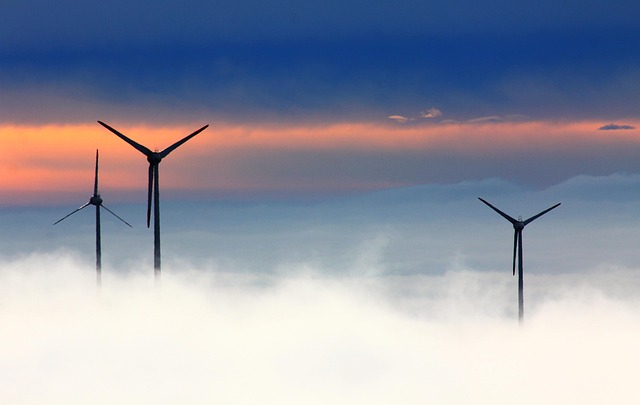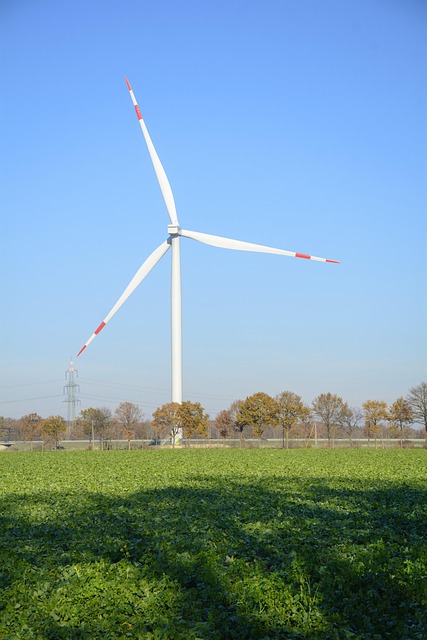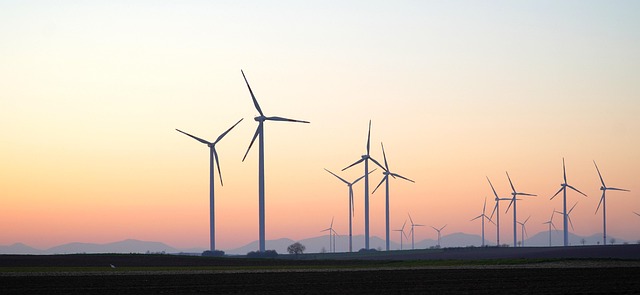The Art of Capturing Wind: Designing Efficient Turbines
Wind energy has emerged as one of the most promising renewable energy sources in the fight against climate change. As the world shifts towards a more sustainable future, the design and efficiency of wind turbines have become crucial. The art of capturing wind involves a complex interplay between engineering, aerodynamics, and environmental science. This article delves into the intricacies of designing efficient turbines and the innovations that continue to shape the wind energy sector.
Understanding Wind Energy
Wind energy harnesses the kinetic energy of moving air and transforms it into electricity through the use of wind turbines. This energy source is clean, abundant, and increasingly cost-effective, making it a vital component in the global energy mix.
The process begins with the wind blowing across the turbine’s blades, causing them to rotate. This rotation drives a generator, which converts the mechanical energy into electrical energy. The efficiency of this conversion relies heavily on the design of the turbine itself.
The Anatomy of a Wind Turbine
A wind turbine consists of several critical components, each playing a vital role in its overall performance:
- Blades: The design and shape of the blades are crucial for capturing wind effectively. Modern blades are often made from lightweight, durable materials to optimize aerodynamics.
- Nacelle: This housing at the top of the turbine contains the generator and gearbox. It also protects these components from the elements.
- Tower: The height of the tower is essential for reaching higher wind speeds. Engineers must balance height with stability and construction costs.
- Control Systems: Advanced control systems monitor wind conditions and adjust the turbine’s position to maximize efficiency.
Aerodynamics in Turbine Design
The aerodynamics of wind turbine blades is a critical focus area in turbine design. The shape and angle of the blades allow them to capture wind energy effectively. Each blade typically has an airfoil shape, characterized by a curved upper surface and a flatter lower surface. This design creates a pressure difference when wind flows over the blades, resulting in lift that turns the rotor.
Design engineers constantly explore new shapes and materials to enhance this aerodynamic efficiency. Computational fluid dynamics (CFD) simulations are utilized to model and analyze airflow around blades, leading to innovations in blade design. The ultimate goal is to minimize drag while maximizing lift, allowing turbines to generate power even at lower wind speeds.
Materials Science and Engineering Advances
The materials used in turbine construction significantly influence their efficiency and lifespan. Traditional materials like steel and fiberglass have been foundational, but advances in composite materials are revolutionizing turbine design. These modern materials can reduce weight while increasing strength and durability.
Furthermore, research into bio-inspired materials—those that mimic properties found in nature—has shown promise for future turbine designs. By exploring the structures and mechanisms present in natural systems, such as bird wings or fish tails, engineers can create blades that operate more efficiently and withstand extreme environmental conditions.
Turbine Efficiency: Measuring and Improving Performance
Turbine efficiency is measured using several key performance indicators, such as capacity factor, which reflects the actual output of a turbine compared to its maximum potential output over time. Improving this metric requires continuous advancements in turbine design as well as operational practices.
One aspect of improving efficiency involves implementing larger rotor diameters. Larger rotors can capture more wind energy, particularly in areas with lower wind speeds. These turbines can also operate at lower wind thresholds, generating power more consistently throughout the year.
Geographical Considerations
The location of wind farms is critical in maximizing the efficiency of wind turbines. Wind patterns vary across different geographical areas, and understanding local climate and topographical features can lead to better site selection for turbine installation.
Regions with consistent wind patterns, such as coastal areas and open plains, are often ideal for wind farms. Additionally, topographical analysis helps in understanding how landscapes can influence wind flow. For instance, hills may create turbulence that affects turbine performance, while valleys could funnel winds and enhance energy capture.
The Role of Technology in Turbine Design
Emerging technologies are playing an ever-growing role in wind turbine design and efficiency. From advanced sensors to artificial intelligence (AI), these innovations enhance turbine performance and maintenance:
Smart sensors embedded in turbines monitor real-time performance data, helping operators make informed decisions about operations and maintenance. Predictive analytics, powered by AI, can forecast potential failures before they occur, reducing downtime and maintenance costs.
Moreover, remote monitoring technologies allow operators to manage wind farms from anywhere in the world, optimizing efficiency throughout the year. These innovations underline the importance of integrating technology into turbine design and operations to achieve optimal performance.
Environmental Impact and Sustainability
While wind energy is one of the cleanest forms of power generation, the environmental impact of wind turbine manufacturing and land use cannot be ignored. The production process requires significant resources, and the location of wind farms can disrupt local ecosystems.
Designers and engineers are increasingly aware of these factors and work to minimize the ecological footprint of wind energy projects. Sustainable practices in turbine materials, such as using recycled components, can reduce waste. Additionally, careful planning and mapping before turbine installations help in identifying areas where ecological disruption can be minimized.
The Future of Wind Turbine Technology
The future of wind energy is filled with exciting potential. The push towards larger, more efficient turbines continues, with innovations such as floating wind turbines gaining traction. These floating platforms can be placed in deeper waters, where stronger and more consistent winds are available, vastly expanding the potential locations for wind generation.
Moreover, advancements in energy storage technologies will also support the wind energy sector. As turbines generate electricity when the wind blows, having efficient battery systems can store excess energy for later use, balancing supply and demand effectively.
Conclusion
The art of capturing wind through turbine design is a complex yet fascinating field that blends multiple disciplines. The journey towards creating more efficient turbines is ongoing, driven by advances in technology, materials science, and environmental considerations. As engineers continue to innovate, the future looks promising for wind energy, paving the way for a sustainable and clean energy landscape.



